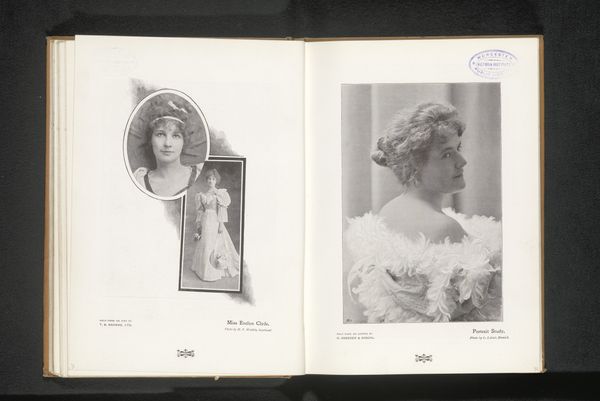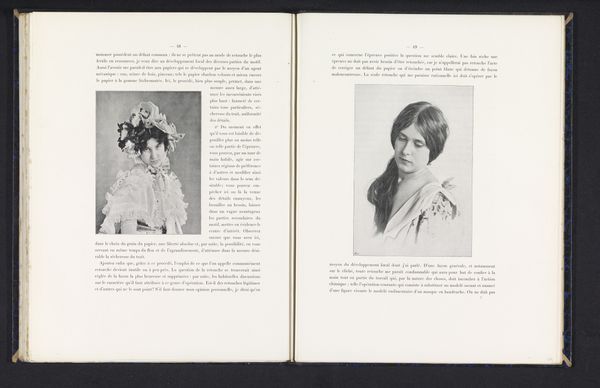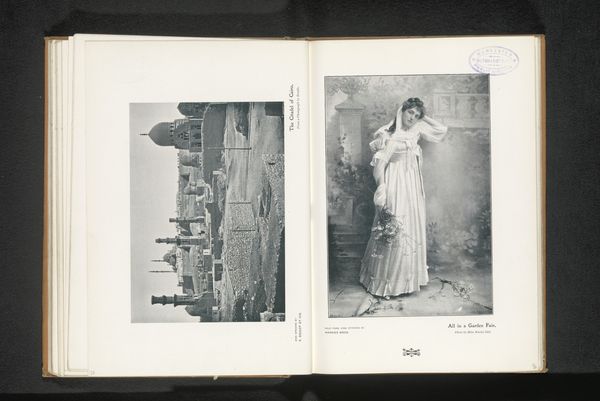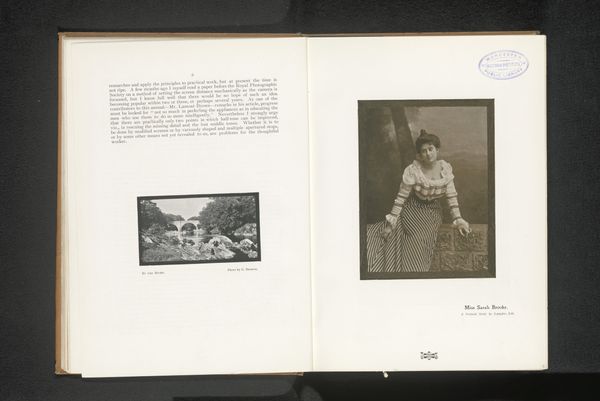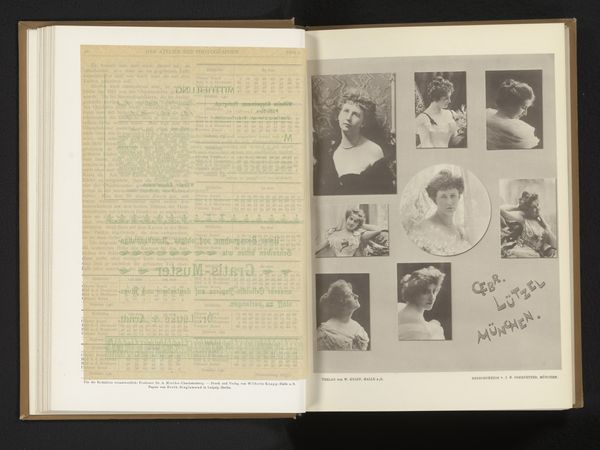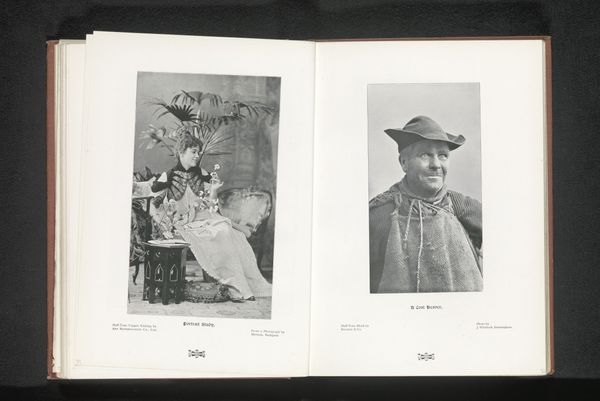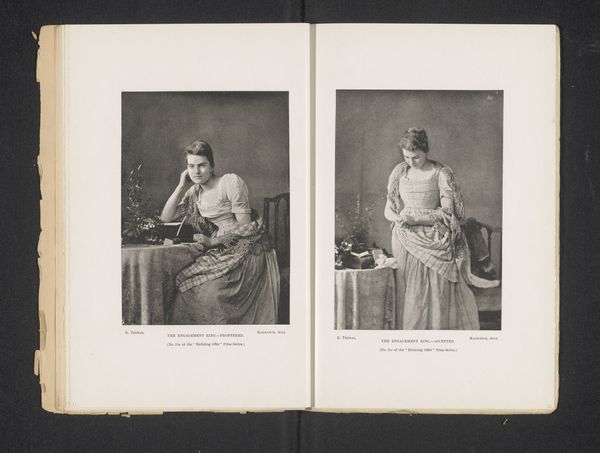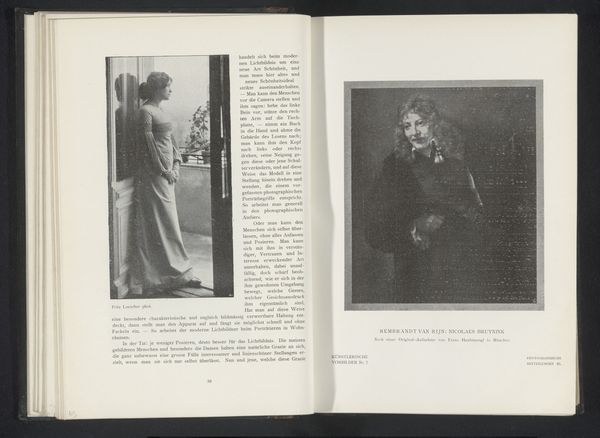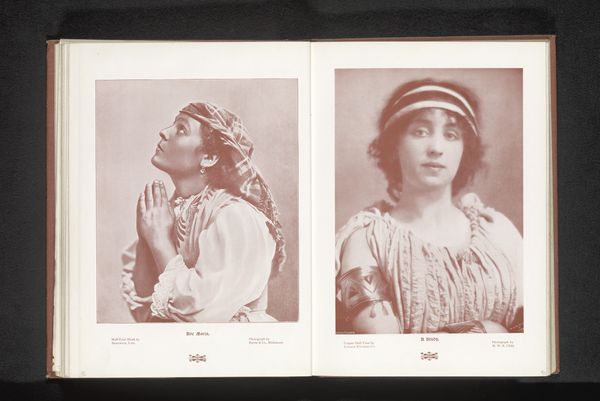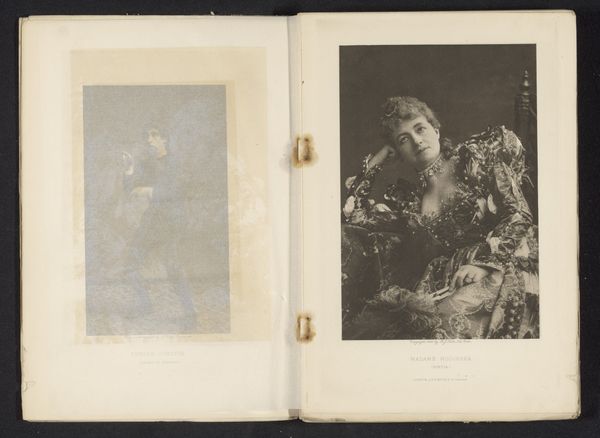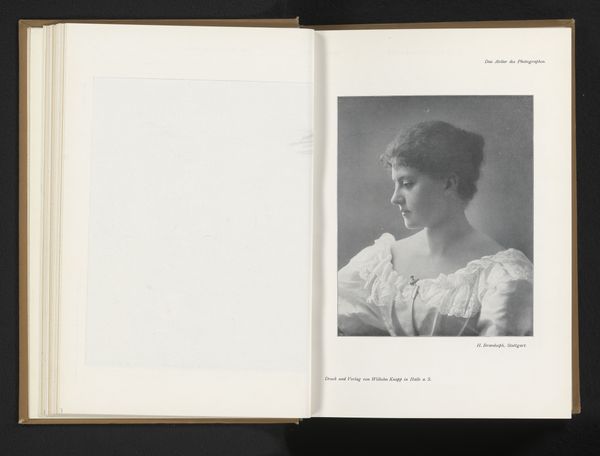
photography, gelatin-silver-print
#
portrait
#
pictorialism
#
photography
#
gelatin-silver-print
Dimensions: height 150 mm, width 127 mm
Copyright: Rijks Museum: Open Domain
Editor: So, here we have "Portrait of an Unknown Woman," made before 1899, a gelatin silver print by H.W.R. Child. The soft focus gives it this dreamy, ethereal feel. It looks staged, like it is trying to mimic a painting. What do you make of its context? Curator: Pictorialism, the movement to which this piece belongs, directly challenged photography’s emerging status as purely objective documentation. Its proponents, often from privileged backgrounds, sought artistic legitimacy, arguing that photography could express the same emotions and aesthetic sensibilities as painting. These aspirations, and anxieties, about its artistic legitimacy say a lot about institutional validation. Editor: Anxieties? How so? Curator: By intentionally softening the focus, manipulating the printing process, and adopting painterly subjects, pictorialists sought to elevate photography to the level of “high art.” Does this pursuit risk alienating the working class by favoring an elite aesthetic? Editor: I see what you mean. It does seem like it’s performing art for a particular audience, maybe even excluding others intentionally. What kind of messages were they sending by obscuring the clarity photography offered? Curator: Consider what "clarity" meant at a time when new urban communities began to encounter and understand themselves through unvarnished documentary photography, juxtaposed with pictorialism’s escapist and romantic visions. It certainly speaks to the social and political tensions of the era. Editor: So, this hazy effect isn't just about aesthetics; it's a statement about the role and the potential impact of photography. Curator: Precisely. It begs us to consider the social responsibilities and power dynamics inherent in image-making, something that resonates strongly today. Editor: This gives me a lot to think about, especially concerning the institutional power behind art movements. Thanks for shedding light on the context!
Comments
No comments
Be the first to comment and join the conversation on the ultimate creative platform.
